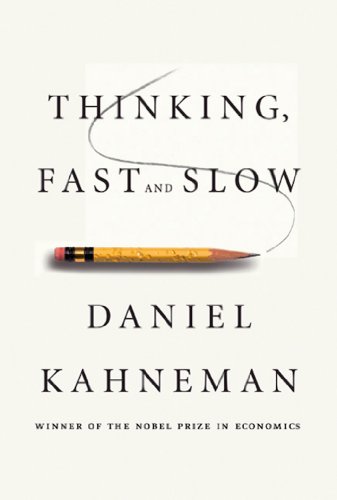

This article is an excerpt from the Shortform summary of "Thinking, Fast and Slow" by Daniel Kahneman. Shortform has the world's best summaries of books you should be reading.
Like this article? Sign up for a free trial here .
What is expected utility theory? How is it used to predict human behavior? And what are its flaws?
Expected utility theory is a theory of how people make choices and take risks when they don’t know the outcome. Traditional expected utility theory asserts that people are rational agents that calculate the utility of each situation and make the optimum choice each time.
We’ll look at how expected utility theory for decision making works and cover some of its flaws.
Expected Utility Theory
How do people make decisions in the face of uncertainty? There’s a rich history spanning centuries of scientists and economists studying this question. Each major development in decision theory revealed exceptions that showed the theory’s weaknesses, then led to new, more nuanced theories.
Expected utility theory says that you’re a rational being who makes the optimum choice with the right information.
If you preferred apples to bananas, would you rather have a 10% chance of winning an apple, or 10% chance of winning a banana? Clearly you’d prefer the former.
Similarly, when taking bets, expected utility theory assumes that people calculate the expected value and choose the best option.
This is a simple, elegant theory that by and large works and is still taught in intro economics. But it failed to explain the phenomenon of risk aversion, where in some situations a lower-expected-value choice was preferred.
The Problem with Expected Utility Theory
Consider: Would you rather have an 80% chance of gaining $100 and a 20% chance to win $10, or a certain gain of $80?
The expected value of the former is greater (at $82) but most people choose the latter. This makes no sense in classic utility theory—you should be willing to take a positive expected value gamble every time.
Risk Aversion and Bernoulli’s Expected Utility Theory
To address this, in the 1700s, Bernoulli argued that 1) people dislike risk, and that 2) people evaluate gambles not based on dollar outcomes, but on their psychological values of outcomes, or their utilities.
Bernoulli then argued that utility and wealth had a logarithmic relationship. The difference in happiness between someone with $1,000 and someone with $100 was the same as $100 vs $10. On a linear scale, money has diminishing marginal utility.
This concept of logarithmic utility neatly explained a number of phenomena:
- This meant that $10 was worth more to someone with $20 than to someone with $200. This aligns with our intuition – people with more money are less excited than poorer people about the same amount of money.
- This explained the value of certainty in gamble problems, like the 80% chance question above. On a logarithmic scale for utility, having 100% of $80 was better than having 80% of $100.
- This also explained insurance – people with less wealth were willing to sell risk to the wealthier, who would suffer less relative utility loss in the insured loss.
Despite its strengths, this model of expected utility theory presented problems in other cases. Here’s an extended example.
Expected Utility Theory Example
Say Anthony has $1 million and Beth has $4 million. Anthony gains $1 million and Beth loses $2 million, so they each now have $2 million. Are Anthony and Beth equally happy?
Obviously not – Beth lost, while Anthony gained. Yet Bernoulli’s model would argue they end up at the same utility and should be equally happy. Clearly the model is incomplete and can’t explain this.
Now let’s reset the scenario, giving Anthony $1 million and Beth $4 million again. Now we present Anthony and Beth with the following choice:
- 50% chance of ending with $1 million or 50% chance of ending with $4 million
- 100% chance of ending with $2 million
To try to explore the thinking yourself, imagine you’re Anthony, and you have $1 million. Which would you choose?
Now clear your head as best you can, and now imagine you’re Beth, with $4 million. Which would you choose?
If you chose different answers, you revealed the weakness in Bernoulli and expected utility theory. Option 1 has an expected value of $2.5 million, while Option 2 has an expected value of $2 million. According to these older theories, Option 2 should win every time.
But in reality, Anthony, with his lower money, is more inclined to choose option 2, while Beth is more likely to choose option 1. Anthony sees the certain doubling of his wealth as attractive, and would rather not leave it to chance that he ends up with no improvement. In contrast, Beth sees the certain loss of half her wealth as very unattractive. She would rather take the gamble to preserve her wealth.
Puzzling with this concept of expected utility theory led Daniel Kahneman to develop prospect theory.
———End of Preview———

Like what you just read? Read the rest of the world's best summary of "Thinking, Fast and Slow" at Shortform . Learn the book's critical concepts in 20 minutes or less .
Here's what you'll find in our full Thinking, Fast and Slow summary :
- Why we get easily fooled when we're stressed and preoccupied
- Why we tend to overestimate the likelihood of good things happening (like the lottery)
- How to protect yourself from making bad decisions and from scam artists






